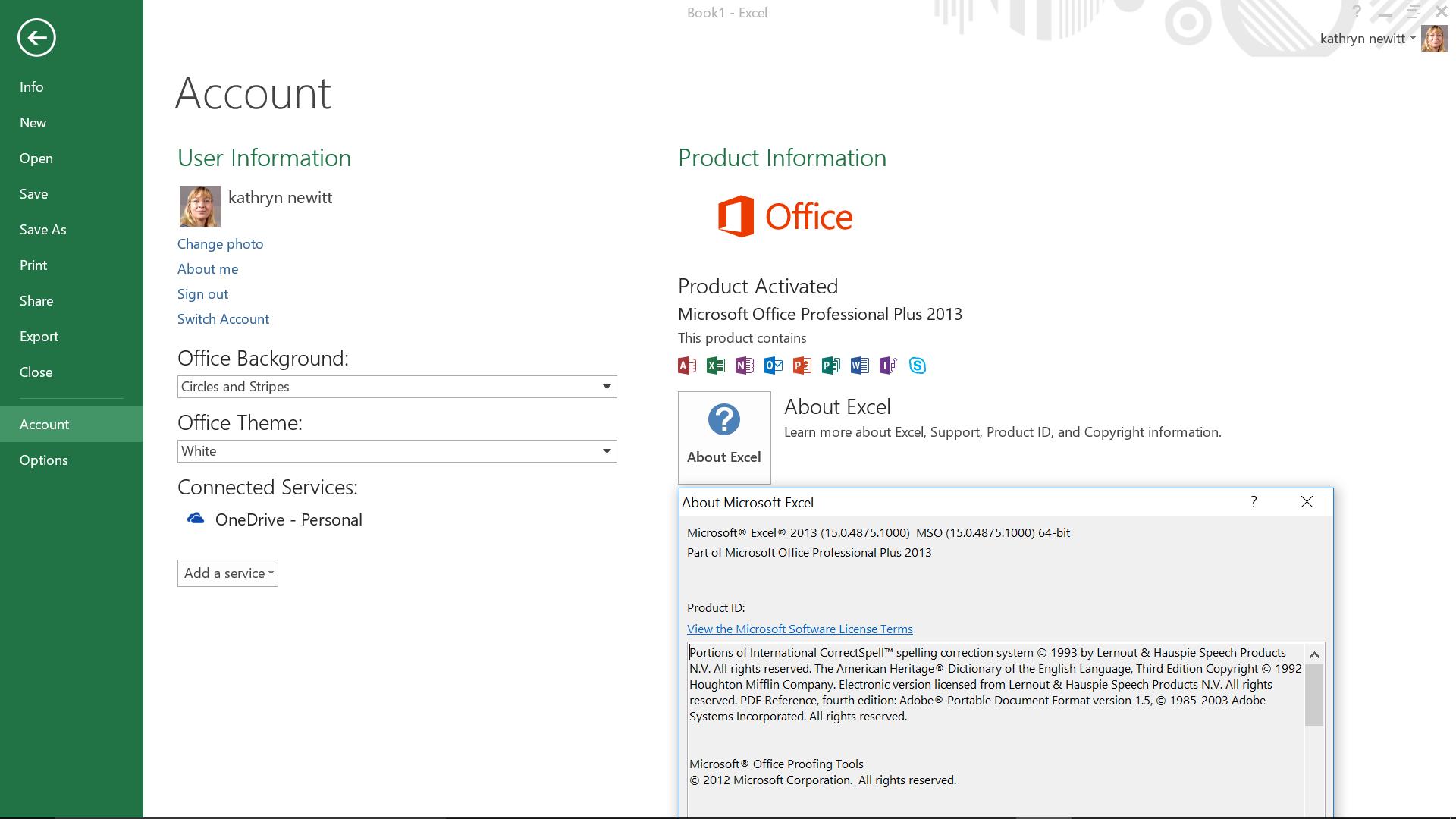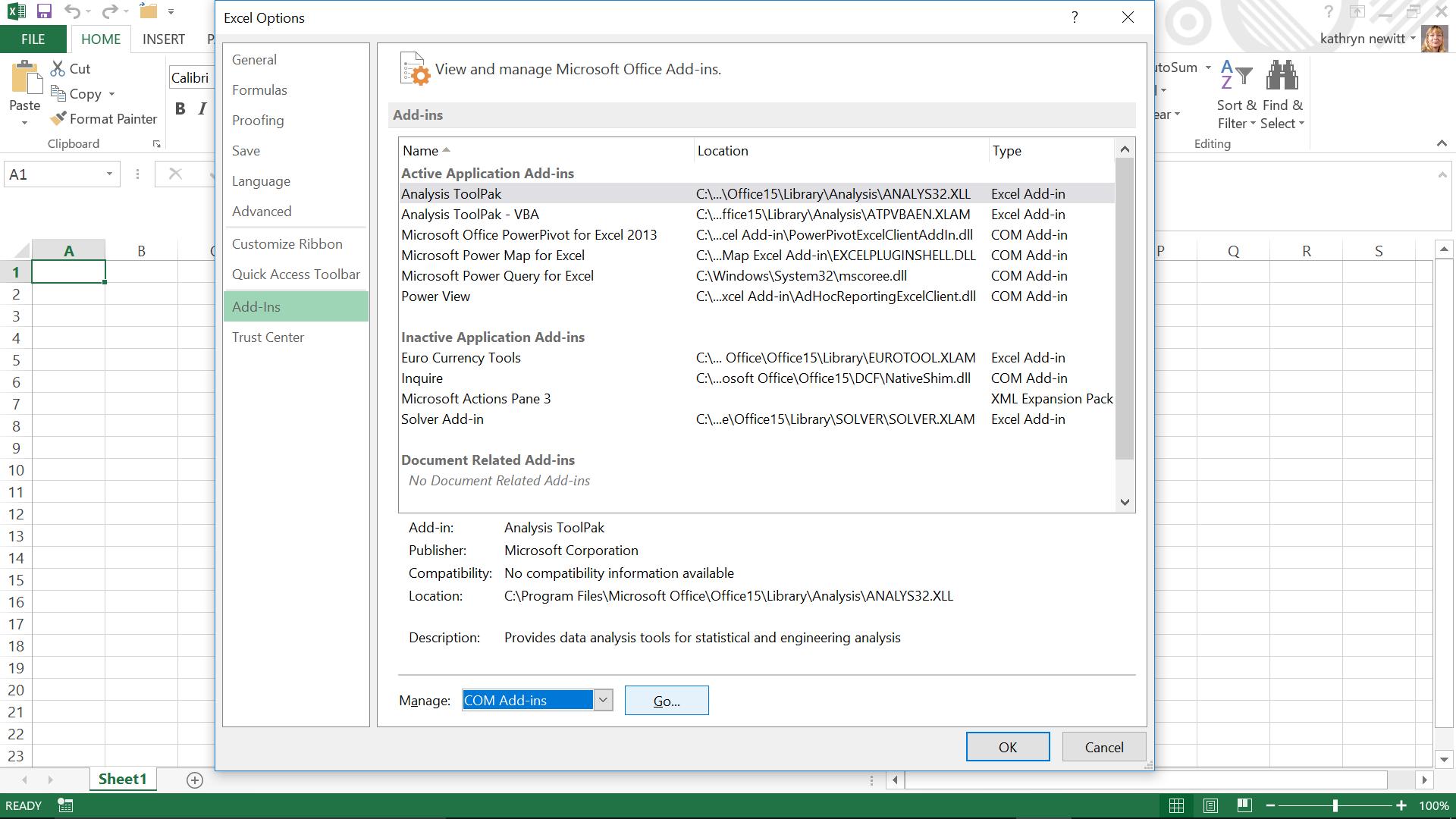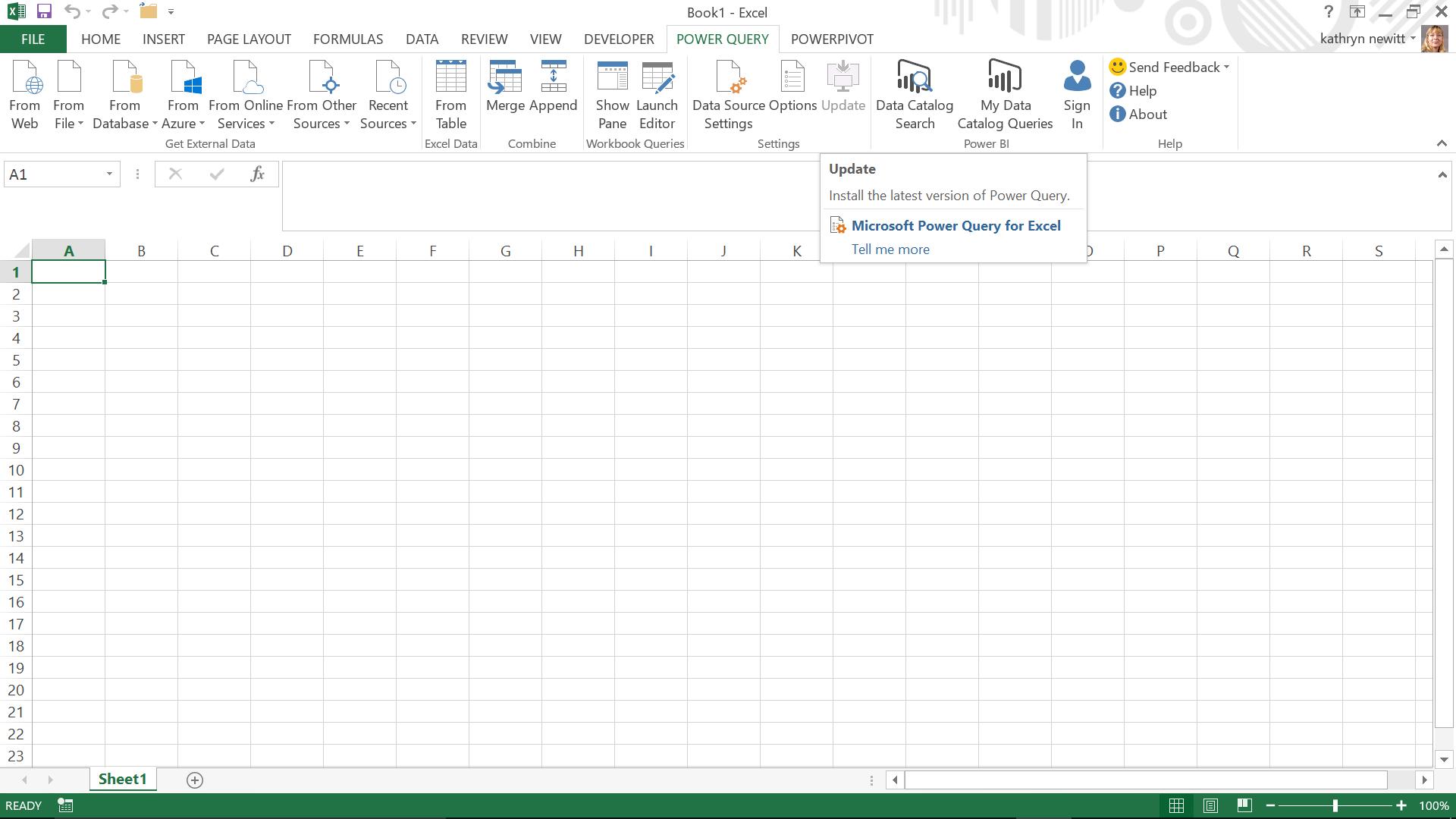Power Query: Installing and Updating
14 December 2016
Continuing our Power Query blog. Today installing and updating Power Query.
Power Query is a free add-in ETL (extract, transform and load) tool for users of Excel 2010 (Professional Plus with Software Assurance version only) and 2013 (all versions), where it has its own tab on the Ribbon, and is now fully integrated into Excel 2016, where it can be found on the data tab under ‘Get & Transform’. So far Power Query is only available for Windows users, sorry Mac users!
Users of Excel 2016 will have Power Query by default. Users of Excel 2010 and 2013 can download Power Query from the Microsoft website. Before downloading, we need to know the bit version of the installed Excel, which will either be 32-bit (x86) or 64-bit (x64). The information about the version of Excel and the bit version can be found on the File tab of Excel 2010 in the help section. In Excel 2013, the information we need is in the Account section of the File tab, under the ‘About Excel’ button.

Armed with the version and bit version, the country specific Microsoft download page is easy to navigate.
Once installed, all that remains is to make sure that the Excel Options on the File tab are configured to allow Power Query to be accessed. On the Add-ins section of Excel Options, the ‘Manage’ drop-down allows ‘COM Add-ins’ to be selected:

The sub-screen that pops up enables available COM add-ins to be activated, and this sub-screen is the place to go if the Power Query tab ever ‘disappears’ (it can happen)!
Once Power Query is installed, be aware that Microsoft often releases updates, usually on a monthly basis – try searching ‘updates for Get & Transform in Excel 2016 and the Power Query add-in’ to see the latest updates available. Depending on how Windows is configured, notifications for Power Query can appear when Excel is opened. There is also an in-screen Update feature which can be viewed and activated from within Excel on the Power Query tab (or in the Get and Transform tab for Excel 2016). There will be a requirement to close down and reopen Excel in order to complete most updates.

Want to read more about Power Query? A complete list of all our Power Query blogs can be found here. Come back next time for more ways to use Power Query!

